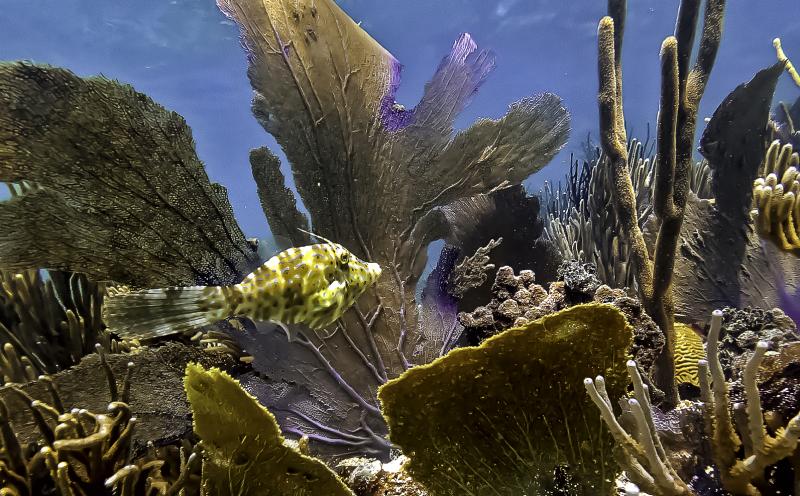
Since 2014, the NOAA National Coral Reef Monitoring Program socioeconomic team, which includes NCCOS researchers, has collected data to identify how people use coral reef resources and their perceptions about coral reefs across all seven U.S. coral reef jurisdictions. These indicators allow researchers to measure the complex relationship between humans and the environment.
In 2022, the team initiated their second monitoring cycle with data collection in Puerto Rico, and recently released their report of summary findings, along with two new infographics. The report outlines current human dimensions information relevant to coral reef resources in Puerto Rico, as well as trends between the first (2015) and second monitoring cycles (2022). The report is accompanied by an infographic for the 2022 findings (English, Spanish) and a second infographic for the trends (English, Spanish). Results are representative of the resident population of Puerto Rico as a whole, as well as strata for the coastal north, inland, and coastal south regions.
Overall, the findings indicate that Puerto Rico residents have important human connections to coral reefs and rely on these ecosystems for a variety of cultural and socioeconomic benefits. Results also suggest that residents want to see greater efforts to mitigate threats to coral reefs and prevent resource conditions from becoming worse. Targeted outreach, particularly about ocean acidification, coral disease, and bleaching, could help increase awareness of threats to coral reefs and the benefits they provide, and what people can do to help conserve coral reefs.
